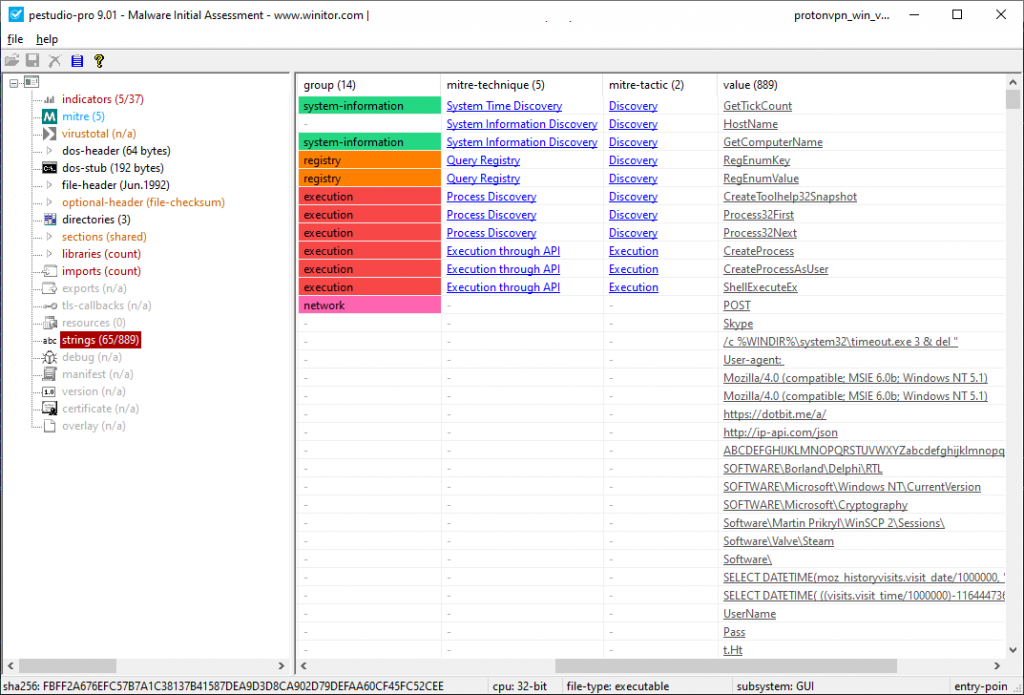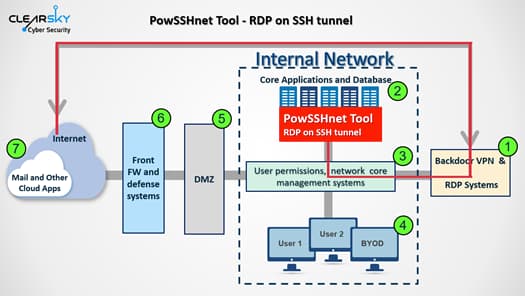With Instagram already offering dark mode, millennials favourite messaging app WhatsApp has rolled out the much-anticipated feature for users.
After months of beta testing on both Android and iOS operating systems, WhatsApp finally launched its dark mode for users worldwide late on 3 March.
The dark mode on Facebook-owned WhatsApp will automatically be enabled after updating the app on iOS 13 and Android 10, but Android 9 users will have to enable the latest version through WhatsApp settings.
The dark mode update on the world’s most popular messaging app (1.5 billion users in 180 countries) has taken Twitter by storm with netizens raising a toast to the update and others complaining over the delay in the update.
pic.twitter.com/ptVZRcdVdJ
— Amit Meena 💫 (@amit_meena) March 3, 2020
pic.twitter.com/h9GSR2TMEN
— MOHAMMED OMER (@Mohdomer7989) March 3, 2020
#WhatsApp
Me, an Android 6-7 user, when I see WhatsApp got dark mode ready, but only for Android 9-10 devices:
pic.twitter.com/l4leCHPnYA
— The MAUZ (@OhLookaMAUZ) March 4, 2020
Several people mocked the new feature with jokes and memes:
Me : "See Maa, My Twitter is in DarkMode, My Instagram in DarkMode and Finally now WhatsApp also in DarkMode."
Mom : "Your future too my Son"
Me : #whatsappdarkmode #Whatsapp #DarkMode
pic.twitter.com/glOsbZE5w1
— the professor™ (@AapkaCharul) March 4, 2020
What else getting darker? Oh it’s my Career. sorry 🌚
#WhatsApp pic.twitter.com/SRlaSfScH9
— ✨Shanu Gladson Hansdak’✨ (@BiryaniGuy) March 4, 2020
#WhatsApp
How Facebook app feels like when all the other apps are in
#DarkMode pic.twitter.com/44JFc9Kjql
— Bahut Scope hai (@Bahut_Scope_Hai) March 4, 2020
The update is being rolled out in a phased manner, some have yet not received the update but it will soon be available. Dark mode is popular among people for dozens of reasons including, improving readability, minimising eye fatigue and exposing eyes to bright light during the night time or low lit places like movie theatres.
After months of beta testing on both Android and iOS operating systems, WhatsApp finally launched its dark mode for users worldwide late on 3 March.
The dark mode on Facebook-owned WhatsApp will automatically be enabled after updating the app on iOS 13 and Android 10, but Android 9 users will have to enable the latest version through WhatsApp settings.
The dark mode update on the world’s most popular messaging app (1.5 billion users in 180 countries) has taken Twitter by storm with netizens raising a toast to the update and others complaining over the delay in the update.
pic.twitter.com/ptVZRcdVdJ
— Amit Meena 💫 (@amit_meena) March 3, 2020
pic.twitter.com/h9GSR2TMEN
— MOHAMMED OMER (@Mohdomer7989) March 3, 2020
Me, an Android 6-7 user, when I see WhatsApp got dark mode ready, but only for Android 9-10 devices:
pic.twitter.com/l4leCHPnYA
— The MAUZ (@OhLookaMAUZ) March 4, 2020
Several people mocked the new feature with jokes and memes:
Me : "See Maa, My Twitter is in DarkMode, My Instagram in DarkMode and Finally now WhatsApp also in DarkMode."
Mom : "Your future too my Son"
Me : #whatsappdarkmode #Whatsapp #DarkMode
pic.twitter.com/glOsbZE5w1
— the professor™ (@AapkaCharul) March 4, 2020
What else getting darker? Oh it’s my Career. sorry 🌚
#WhatsApp pic.twitter.com/SRlaSfScH9
— ✨Shanu Gladson Hansdak’✨ (@BiryaniGuy) March 4, 2020
How Facebook app feels like when all the other apps are in
#DarkMode pic.twitter.com/44JFc9Kjql
— Bahut Scope hai (@Bahut_Scope_Hai) March 4, 2020
The update is being rolled out in a phased manner, some have yet not received the update but it will soon be available. Dark mode is popular among people for dozens of reasons including, improving readability, minimising eye fatigue and exposing eyes to bright light during the night time or low lit places like movie theatres.















